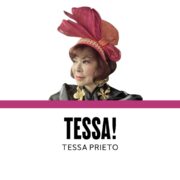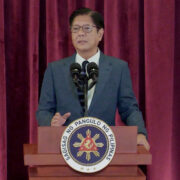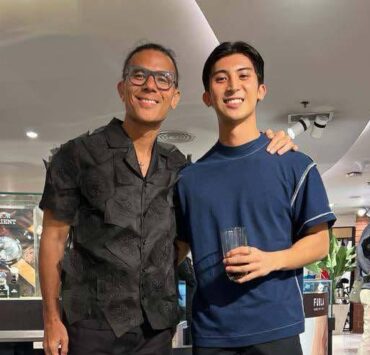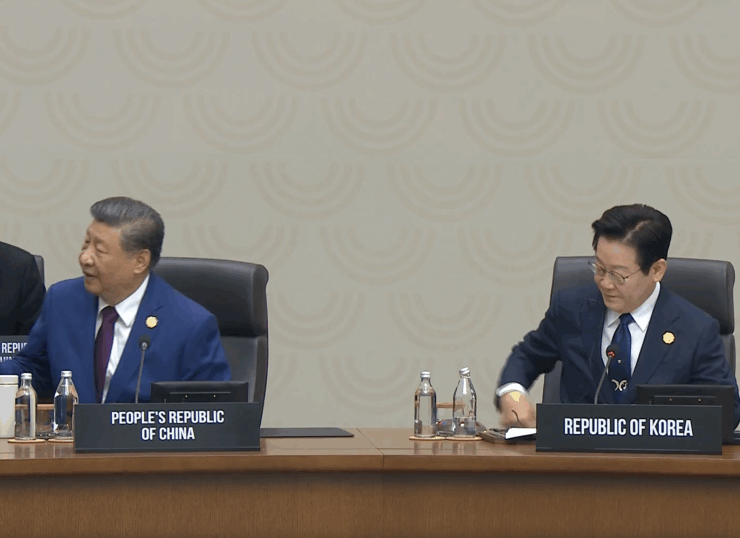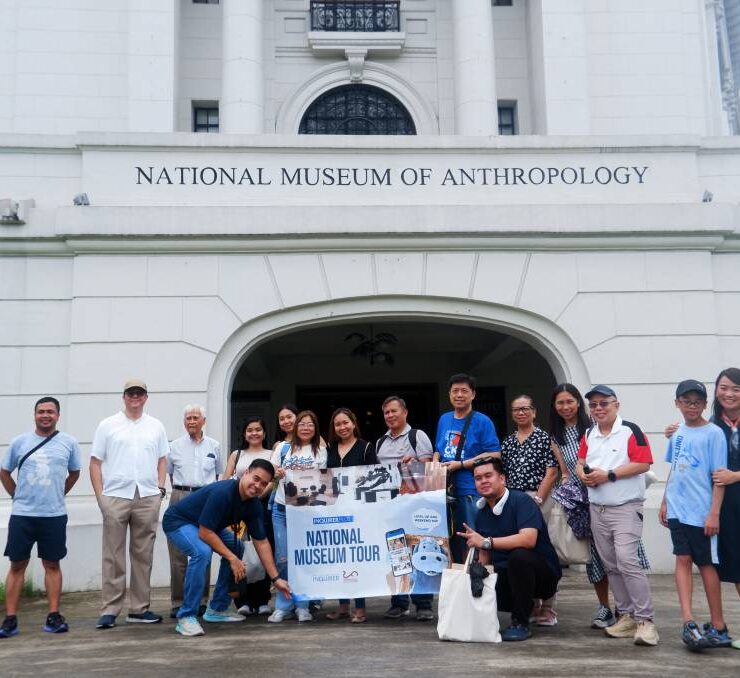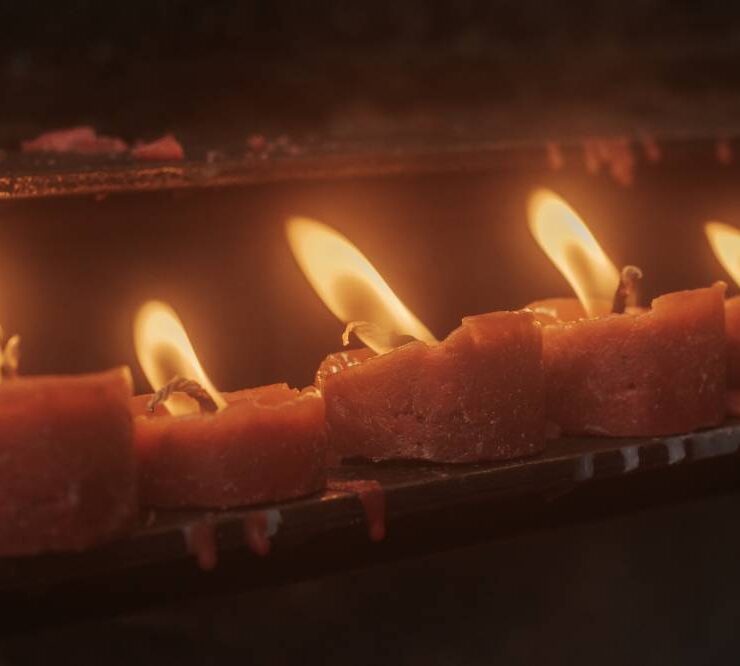A legacy painted in time
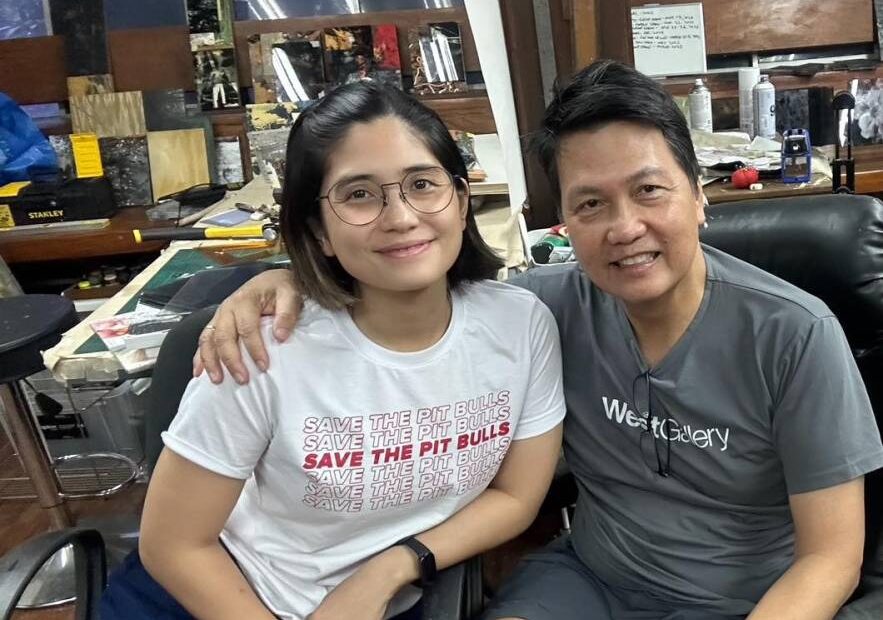
When this interview with visual artist and gallerist Soler Santos and his youngest child Isabel finished, the elder Santos said, “We’re sorry we didn’t even offer you a glass of water. We’re not used to welcoming guests here.”
“Here” is the studio of the late Mauro Malang Santos, Soler’s dad, inside the Santos compound in Quezon City. Soler recently occupied the studio of the award-winning illustrator and painter, who died in 2017.
The space has natural light coming from huge glass windows on its east side, while on the opposite side hangs a huge flat screen TV, which Soler promptly turned off when we arrived. He explained that they normally welcome guests at the family-owned West Gallery nearby.
Isabel, whom Soler said already had an interest in painting at an early age, would later hint about wanting a bigger workspace than the one she currently occupies, saying, “Something like this one would be nice.”
Soler and wife Mona Reyes Santos, also a visual artist, have three kids. The other two are Luis and Carina.
“Isabel would spend a lot of time painting, compared to her siblings. But then, I didn’t really care much if one or all of them would follow in my footsteps. I’d rather that they pursue things they love,” said Soler.
He recalled what his own father used to tell him. “Gawa ka lang nang gawa. Be honest about your work. Don’t let what other people are doing influence you. Don’t just do art for the sake of selling it,” Malang declared, according to his son.
Developing one’s own style can be difficult, he said. “That’s why it’s important to just keep on working. This will come to you, eventually. You also need to do some research. Read lots of art books,” he added.
Isabel, on the other hand, talked about not wanting to do much research for fear of seeing other people’s work and getting tempted to copy them.
“I also don’t like it when, for example, I have an idea but would not want to do it because it looks similar to someone else’s work. I don’t think that’s right because the idea came to you naturally, anyway. I’d rather go with the flow,” she explained.
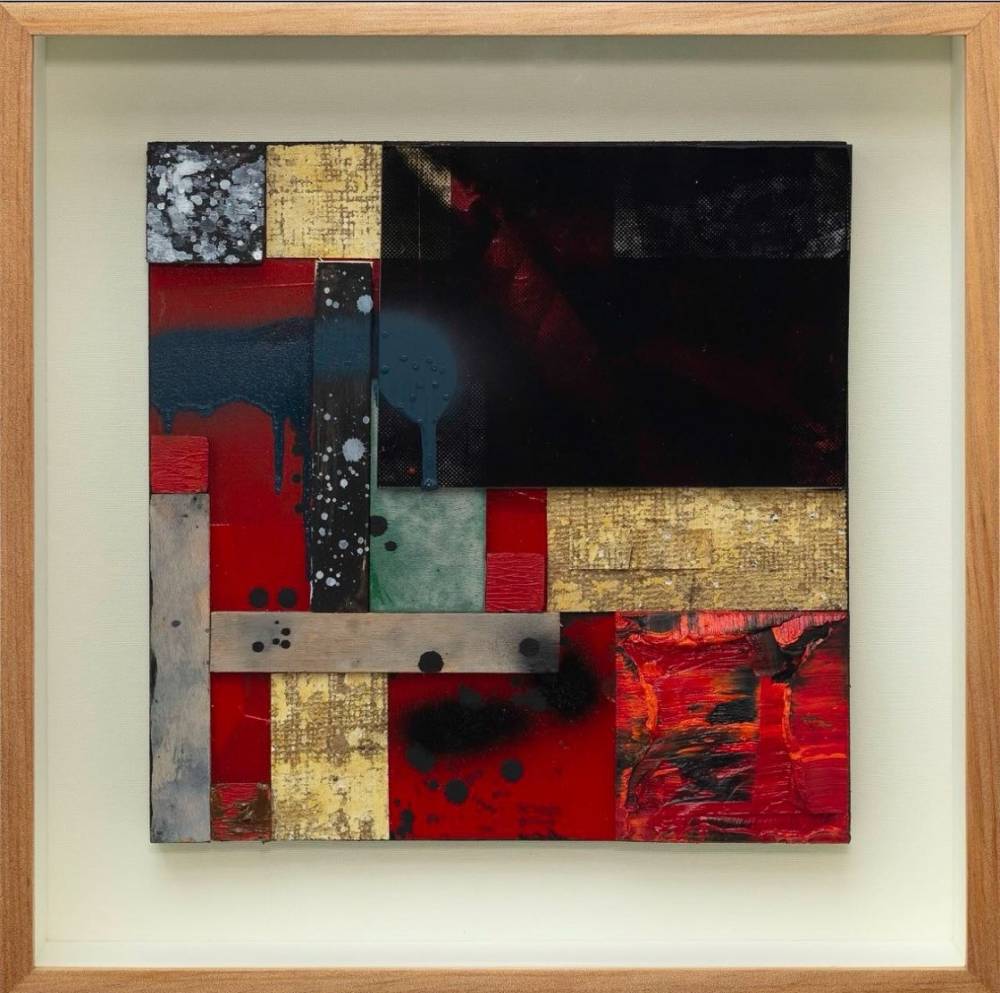
Art space
Soler put up the West Gallery in 1989 to provide an art space for promising young artists. However, he said the art scene had not been “this exciting” until 2005.
“We didn’t have as many art collectors back then. In the ’80s, nobody was buying art because of the military uprisings, because of People Power. The scene is much more alive today,” he observed.
Isabel said that growing up, she was never really aware of her parents’ struggles as artists. “We never really suffered, but [money] wasn’t overflowing. We were just right. I wasn’t really encouraged to paint because I saw that it was good money. I did see them work at the gallery like it was a regular 9-to-5 job for them,” she recalled.
This was because it was tough to be an artist back then, said Soler. “The collectors would only have eyes for the works of my father, Ang Kiukok, Jose Joya, Cesar Legaspi, or Arturo Luz. They didn’t buy from younger artists, although some of mine got sold … I guess I was kind of lucky because they knew my father,” he added.
Isabel and her dad are similar in the sense that they’re both “messy” painters, she said, but not before mentioning that she wanted a bigger studio.
“Inggit ako kasi ang dami n’yang space. We’re similar because we don’t mind if our work gets stained or if we make mistakes while doing it. He is very relaxed—he is like that in all aspects,” said Isabel of her father. “Unlike others, we can ‘disturb’ him anytime and steal his things.”
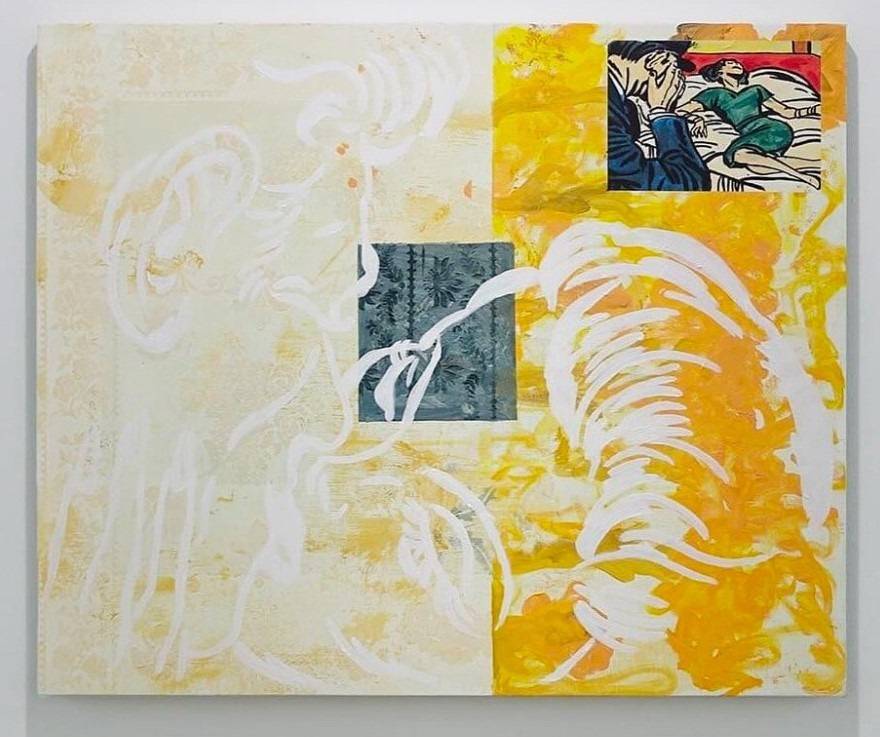
Moody
Soler said this was because his own father wasn’t strict when it came to lending his art materials. “I would always be in his studio, observing him. My father said to just go to your studio even if you don’t feel like working yet, even if all you feel like doing is cleaning your brushes. After a while, you will realize that you’re already painting. Having moods is foolish.”
“That’s me—I’m moody,” said Isabel.
“You’re just feeling lazy, I guess. You can’t have moods if you’re in an office,” Soler quipped.
“But a 9-to-5 job can mean you already have a routine. You still have to have your brain turned on while working,” she argued.
Soler said that what he loves most about being a visual artist is the process of making art. “You work every day but you can do different things. I would do assemblages one day and then paint in oil the next day. If I get tired of painting, I would do collages,” he said.
Her father’s legacy
All eyes are now on Isabel in terms of how she would carry on the legacy of her father. She admitted to still feeling unsure of what to do. “The question now is, who will run West after Papa? I don’t think I’m able to embody that just yet. He really enjoys mounting shows. I, on the other hand, am still focusing on my practice,” she said.
“As to whether I will expand the gallery, I don’t see that yet—baka kung bumait na ako. I’d rather be like him, who is very accommodating to young artists. If I don’t feel confident that I’d be able to manage it like him, then I’d rather not.”
She said it is important for young artists not to feel pressured about having to sell their work—this will only corrupt or skew the practice. “Although this is also an important side to being an artist,” Soler quickly added.
“Yes, it’s important but it should not be the priority,” Isabel said.
She also hopes for the government to recognize artists as cultural workers. “Artists abroad are given stipends. For us, this doesn’t have to come in the form of money. We can sponsor programs, give artists access to training and seminars. We can also finance land art and beautification of cities,” she stressed.
Isabel also thinks participating in art fairs abroad is a good opportunity for artists, “if they want to see something outside of their sphere. That’s my dream for West Gallery—to make it in Europe.”
“Or even in Hong Kong, where there are a lot of curators. It would be interesting for our local artists to get featured in museums abroad,” said Soler.
“Or my grandfather’s works,” added Isabel.

